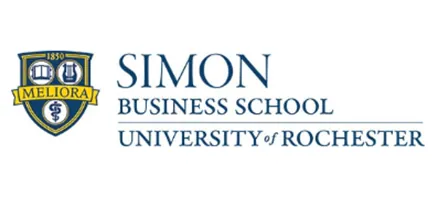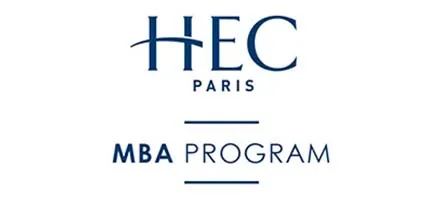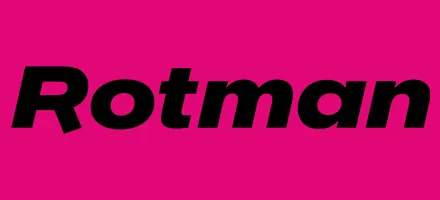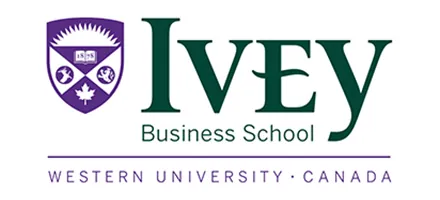![]()
In late January, Kogod School of Business Dean David Marchick led a continue of his colleagues to Silicon Valley. From meeting a product vice president who starts his day with a 30-minute collaboration with an AI bot to being transported to myriad meetings via driverless taxis, Marchick says it was something of a mind-blowing trip, something he intends to do twice a year.
One result of this fact-finding trip into the future: Kogod is partnering with one of the startups his team visited, Perplexity, to provide all its students, staff, and faculty with AI tools. For American University’s Kogod, it is the latest step in an all-out effort to lead business education using artificial intelligence technology.
Kogod is not the first business school to partner with an AI company. Only last month, the University of Virginia Darden School of Business announced a partnership with OpenAI. Last fall, Wharton began providing ChatGPT Enterprise licenses to all full-time and executive MBA students in what it said was the first collaboration between a business school and OpenAI, Rutgers Business School, meantime, has partnered with Google. But Kogod’s collaboration is noteworthy in part because the school has taken a lead among all business schools in adapting its business curriculum to the new realities of AI.
‘TAKING KOGOD TO THE NEXT LEVEL OF AI’

David Marchick, dean of American University’s Kogod School of Business
“We have been trying to move at lightning speed on AI for two years now ever since two senior executives from Google and a venture capitalist came to Kogod and talked about how AI will revolutionize everything we do,” Marchick tells Poets&Quants in an interview.
The school quickly put together a committee to integrate AI throughout its undergraduate program, creating a series of stage courses, where AI would make up half or more of the classes, and artisan courses, with some AI content.
“Originally we targeted 20 courses,” says Marchick. “We now have 45. So our faculty has adopted very quickly. We also integrated a comprehensive training program for our faculty because they need to be trained on how it will change everything they do from research to teaching and collaboration.”
The purpose of the Silicon Valley trip was to meet with several firms, from OpenAi to Google, in search of a partner who, according to Marchick, “could take us on the next step.”
Perplexity, an AI startup already valued at $9 billion because it boasts a powerful AI-powered search engine, offered several advantages suited to academic use. The AI platform accesses other AI tools from OpenAI’s newest reasoning model to DeepSeek, which is thought to be stronger for research and factual information retrieval with clear citations.
FOUND PERPLEXITY MOST SUITED TO AN ACADEMIC ENVIRONMENT
“We landed on Perplexity for a few reasons,” adds Marchick. “One is it’s the most fact-based of any of the AI tools and provides detailed citations for its conclusions. We thought that was appropriate for an academic environment because AI makes mistakes and part of what we teach is to produce doubt on the limits of AI.
“The tool is enterprise software so it allows everything we do to be integrated. We can input our data and share drives, curriculum, syllabi, tests, and student projects,” he adds. “We can integrate all of that into a shared AI tool. It allows each faculty member to create their own mini-large Language Model based on their courses and their students to create their own tutors, study guides, and collaborators. We found this is a powerful tool. Perplexity’s product managers and designers will participate in our faculty training.”
“It is going to create true collaboration for faculty and students. When you use Perplexity you can access the most advanced versions of each of the large language models.”
‘INSTITUTIONS ARE NOT PREPARED FOR THIS AI FUTURE’
The most important takeaway from his trip to Silicon Valley? “Institutions are not prepared for this future. That is the main thing I felt when I left Silicon Valley. I met people who said we have three people in a relationship: me, my spouse, and my AI assistant. One of them says he started every work day having a thirty-minute conversation with AI on his upcoming meetings. It briefed him me the content of every meeting.
“We got into a driverless car and we went to meetings and at one firm in a session with nine people, the longest someone had been at the firm was three months. Unlike the internet revolution in tech which took 30 years to get where we are, the AI revolution is happening at light speed. We are trying to move as fast as anyone can in a university.”
The bottom line for Marchick: “We walked away knowing how much we don’t know.”
DON’T MISS: An AI Makeover: A Business School’s Ambitious Effort In Artificial Intelligence or AI Isn’t Taking Your Job – But Someone Who Knows AI Will | Kogod School of Business









